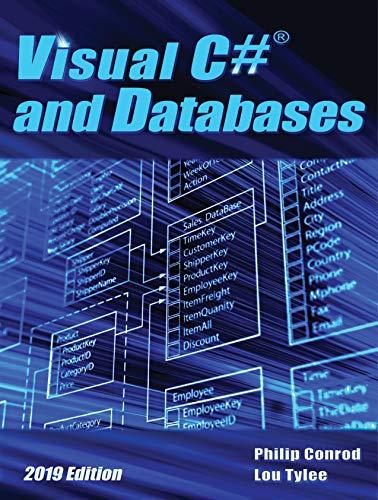Question
Question 2.7: Convert following c code to MIPS assembly code ################################# int multiply(int multiplier, int multiplicand){ return multiplier*multiplicand; } int power(int base,int exponent){ int result=1;
Question 2.7: Convert following c code to MIPS assembly code
#################################
int multiply(int multiplier, int multiplicand){
return multiplier*multiplicand;
}
int power(int base,int exponent){
int result=1;
for(int i=0;i result=multiply(base,result): } return result; } int main(){ int p=power(2,16); return 0; } ################################# Given Instructions in MIPS Code: initialize: li $s0, 2 # provide some initial value for base li $s1, 3 # provide some initial value for exponent main: # # Insert your call to power here # j exitProgram # jump to exit label to terminate program multiply: # insert your multiply procedure here mul $v0,$a0,$a1 jr $ra power: # Adjust stack as necessary and store preserved registers # initialize local variables # loop to compute result # Restore preserved registers and restore stack point # return to caller ################################## registers $s0 and $s1 are populated with the base and exponent values respectively. Change these values as necessary to test your code multiply procedure must return value into registers $v0-$v1 to pass the value back to the caller. Implement the power procedure, doing all multiplication by calling the multiple procedure. Do NOT use any $tX registers in your power procedure or in your multiply procedure. In your power procedure, use register $s0 to store the result variable. Use register $s1 to store the iteration variable i. You may need additional $sX registers. Be sure to preserve any and all $sX registers that you use. After your power procedure returns to main, move the final return value into the $s2 register.
Step by Step Solution
There are 3 Steps involved in it
Step: 1

Get Instant Access to Expert-Tailored Solutions
See step-by-step solutions with expert insights and AI powered tools for academic success
Step: 2

Step: 3

Ace Your Homework with AI
Get the answers you need in no time with our AI-driven, step-by-step assistance
Get Started


